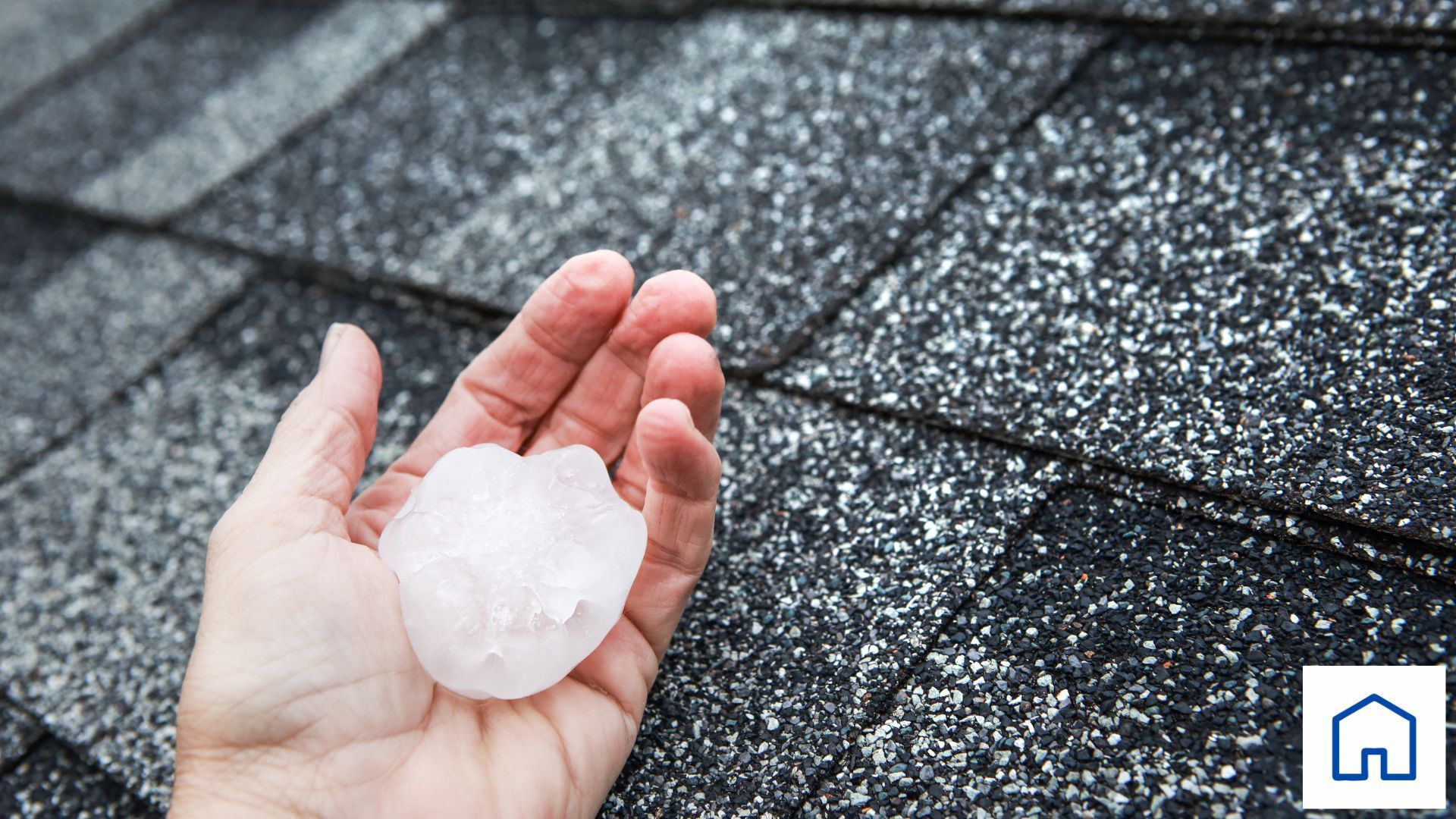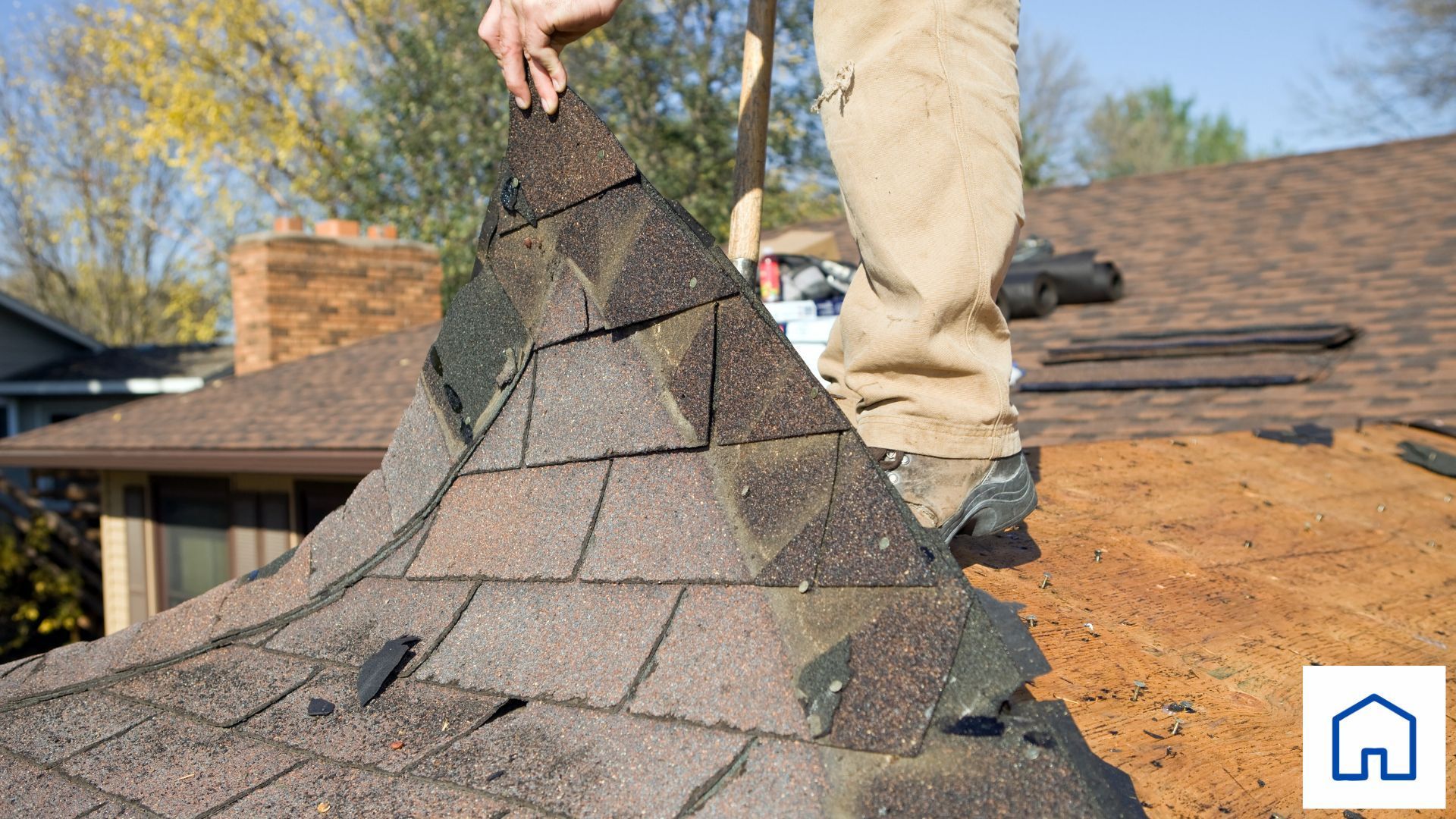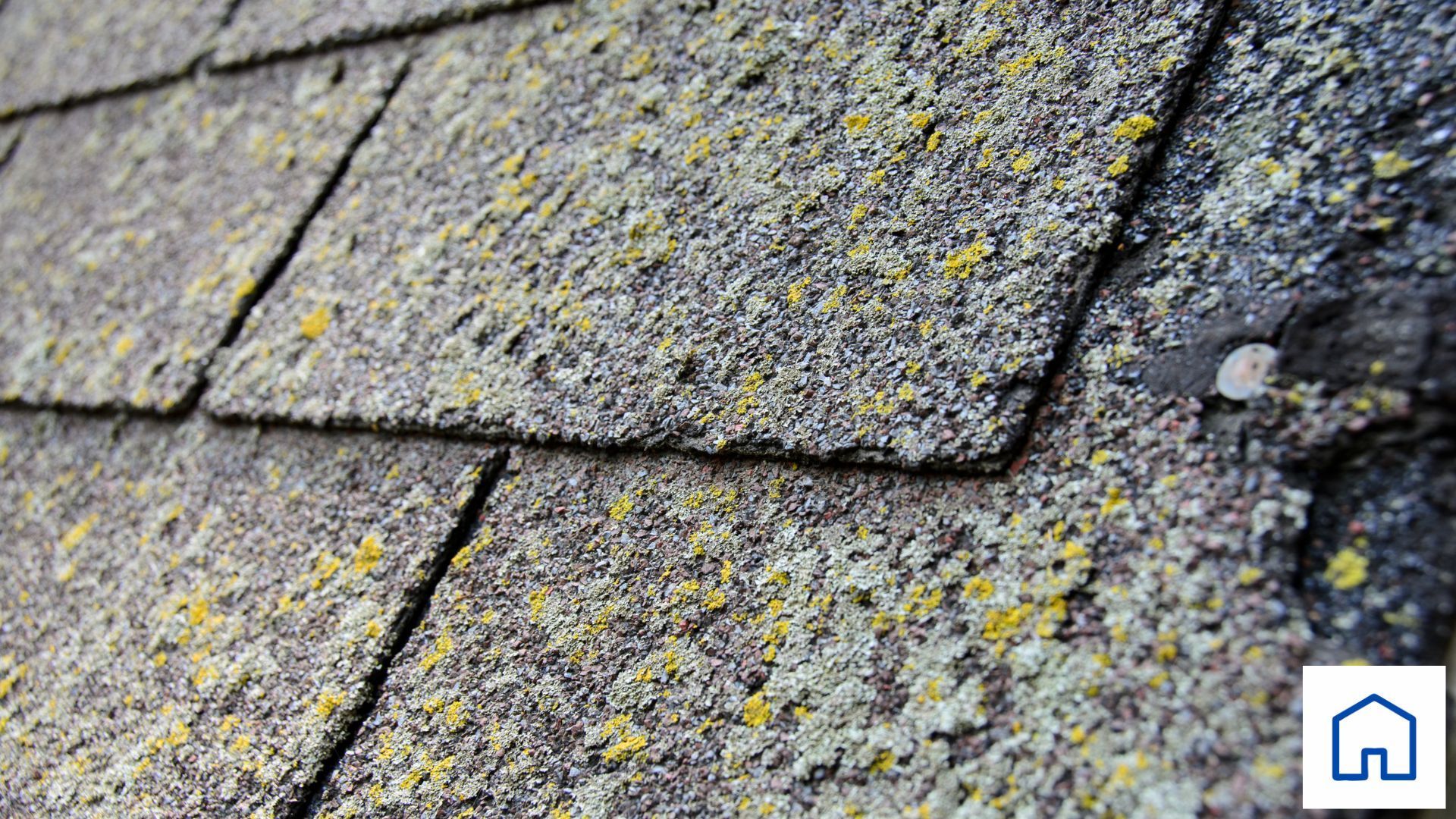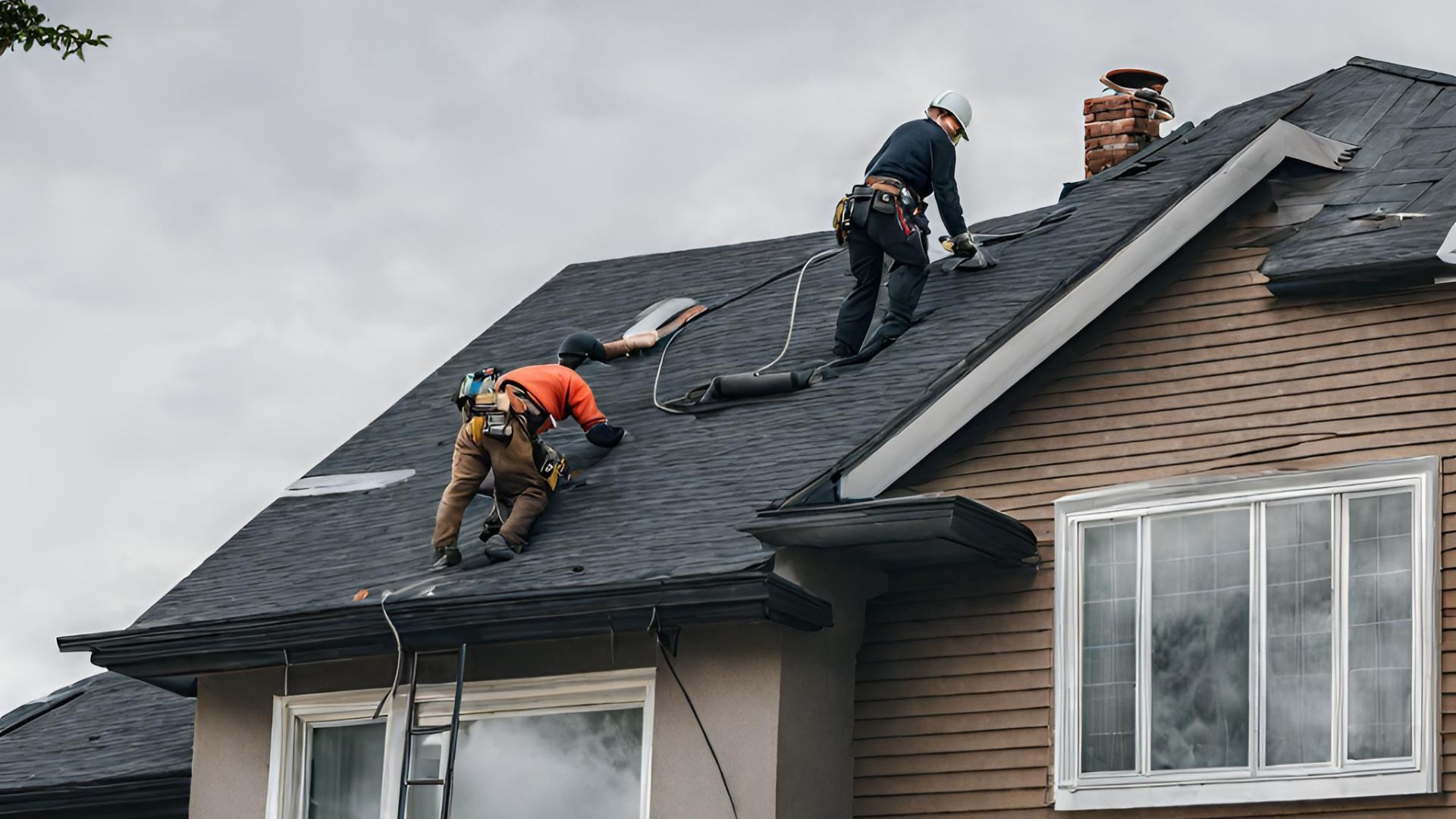Understanding Roof Lifespans
When Is It Time for a Replacement?
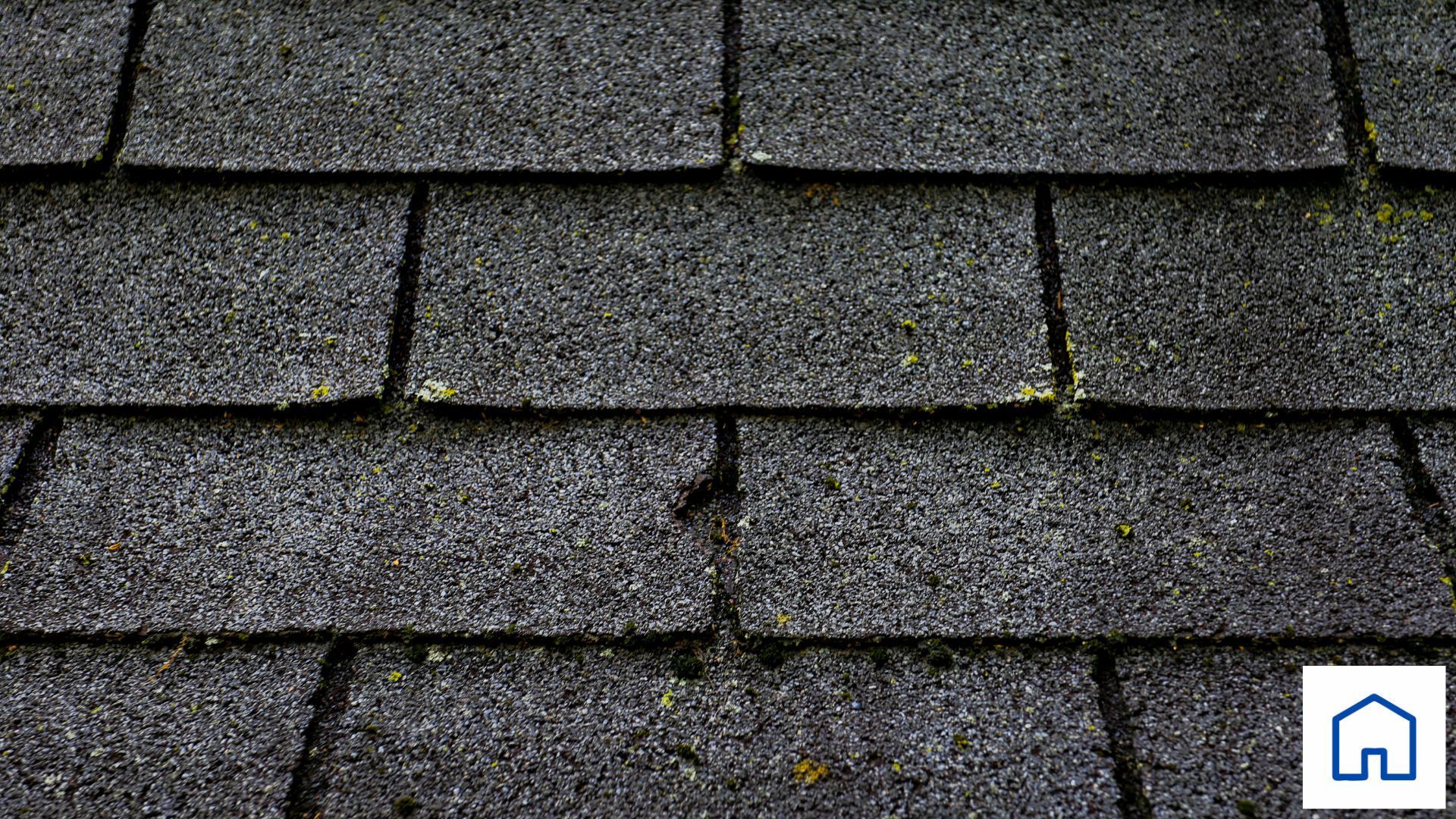
Understanding Roof Lifespans: When Is It Time for a Replacement?
A sturdy and reliable roof is crucial for the safety and comfort of your home. It shields you from the harsh elements and plays a pivotal role in your home's energy efficiency and overall structural integrity. But no roof lasts forever, and understanding the lifespan of your roof and recognizing the right time for a replacement can save you from facing bigger, more costly problems down the road. This guide will help you understand how long different roofing materials last and identify signs that it’s time for a replacement.
How Long Should Your Roof Last?
The lifespan of your roof primarily depends on the material used, the quality of the installation, the level of maintenance, and environmental factors. Here’s a brief overview of the lifespans of common roofing materials:
- Asphalt Shingles: The most widely used roofing material due to its cost-effectiveness and ease of installation, asphalt shingles typically last between 15 and 30 years.
- Metal Roofs: Known for their durability and resistance to extreme weather, metal roofs can last 40 to 70 years or more.
- Tile Roofs: Clay, concrete, and slate tiles can offer remarkable longevity, with lifespans ranging from 50 to over 100 years if properly maintained.
- Wood Shingles: Although they provide a natural aesthetic, wood shingles have a shorter lifespan of about 20 to 30 years, heavily dependent on the type of wood and maintenance.
Signs It’s Time for a Roof Replacement
Knowing when to replace your roof is key to maintaining your home’s safety and avoiding the incremental damages that can result from a failing roof. Here are several indicators that your roof may need replacing:
- Age of the Roof: If your roof is approaching or has surpassed its typical lifespan, it’s time to start considering a replacement. Even if there aren’t visible signs of damage, the aging materials can start to fail.
- Frequent Leaks: Repeated leaks are a clear sign that your roof’s integrity is compromised. While isolated leaks can often be repaired, persistent or multiple leaks suggest widespread wear.
- Curling or Missing Shingles: Shingles that are curling, cracking, or missing entirely are not effectively protecting your home from water intrusion and weather damage.
- Sagging: A sagging roof is a serious issue that often indicates structural problems, such as weakened rafters or widespread water damage. This condition requires immediate attention.
- Moss and Algae Growth: While moss and algae on the roof aren't always a sign of failure, their presence can indicate moisture retention, which can degrade roofing materials over time.
- Granules in the Gutters: If you have asphalt shingles, finding granules in the gutters is a sign of advanced wear. Granules protect the roof from UV rays and weather, and their loss exposes the material underneath.
- Energy Bills Increase: If you notice a sudden spike in your heating or cooling costs, it could be due to diminished insulation and ventilation effectiveness of an aging roof.
The Importance of Professional Assessment
If you suspect your roof may need replacing, a professional assessment is crucial. Roofing experts like those at Best Nest Roofing & Renovations can provide a detailed inspection to determine the condition of your roof and advise whether repairs or a full replacement are necessary. This assessment helps homeowners make informed decisions based on the structural and material integrity of their roofs rather than just the visible or superficial damage.
Planning for Roof Replacement
If a replacement is necessary, planning is key. Consider the timing—spring and fall usually offer the best weather conditions for roofing projects. Additionally, look into new advancements in roofing technology that might provide better durability, energy efficiency, and value for your home.
Understanding the lifespan of your roof and the signs that it’s time for a replacement helps ensure that your home remains a safe, comfortable haven for you and your family. Remember, an ounce of prevention is worth a pound of cure, especially when it comes to roofing.
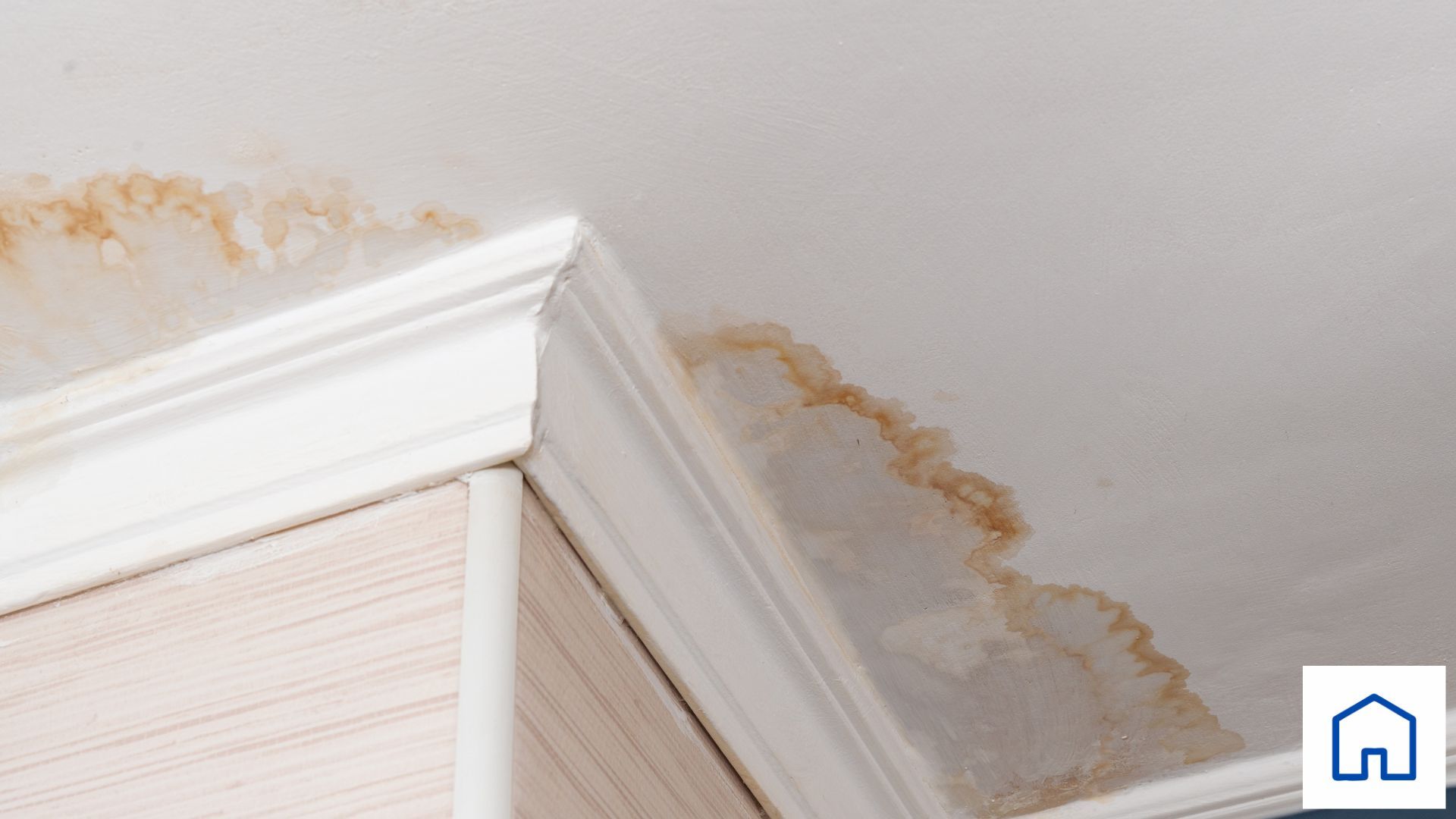
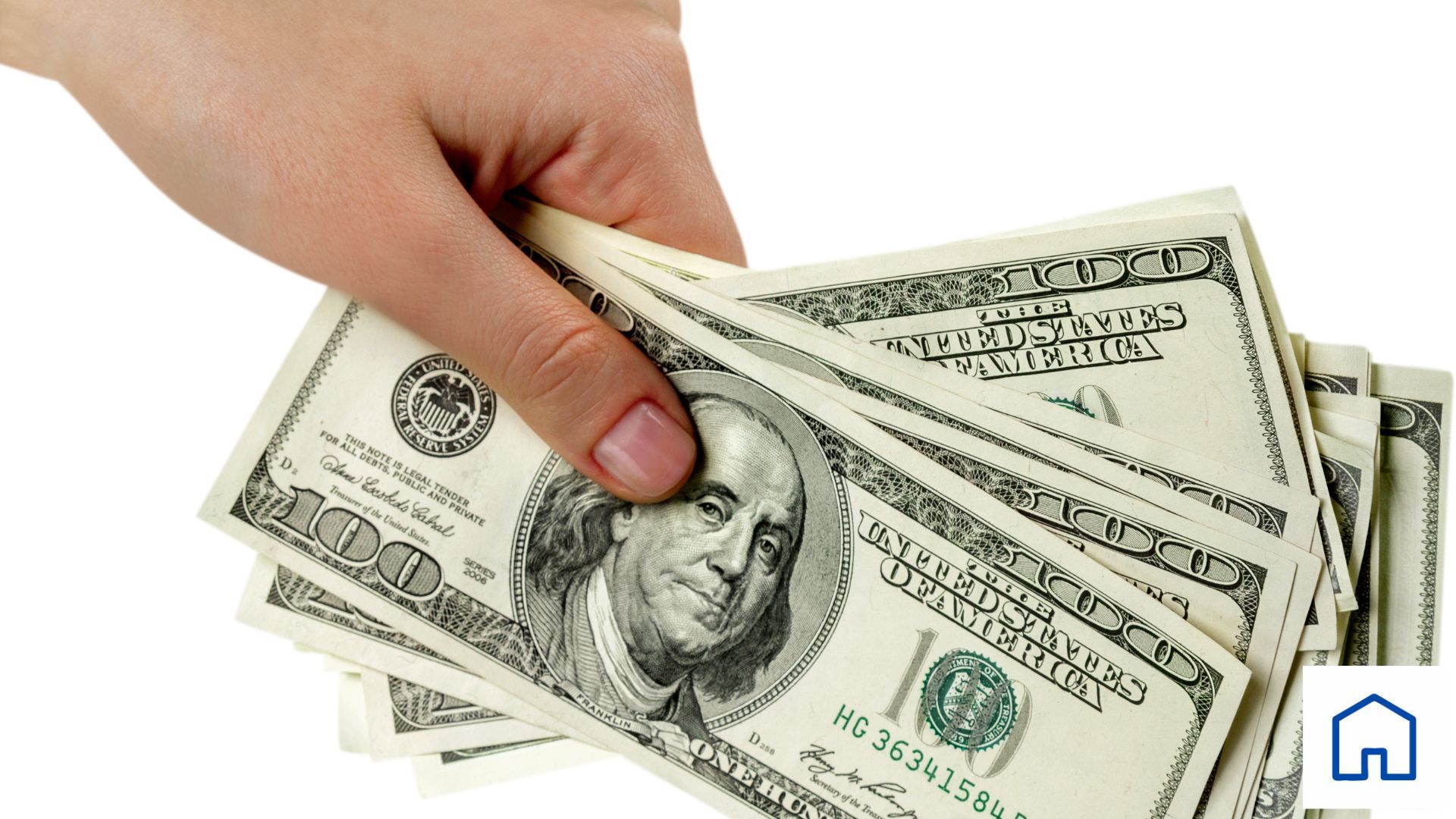


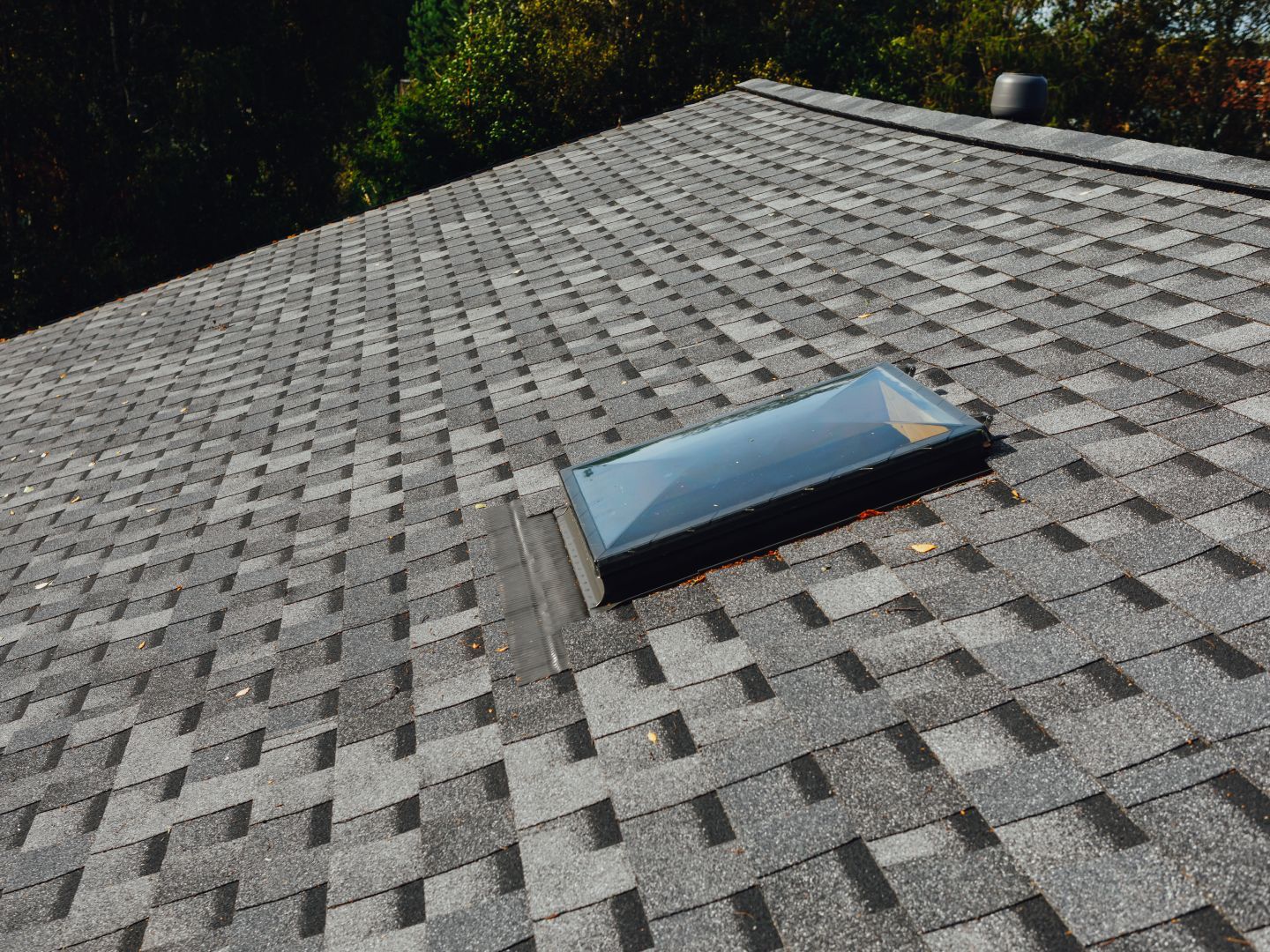
Ready to Renovate? Call Today!
All Rights Reserved | Best Nest Renovations


